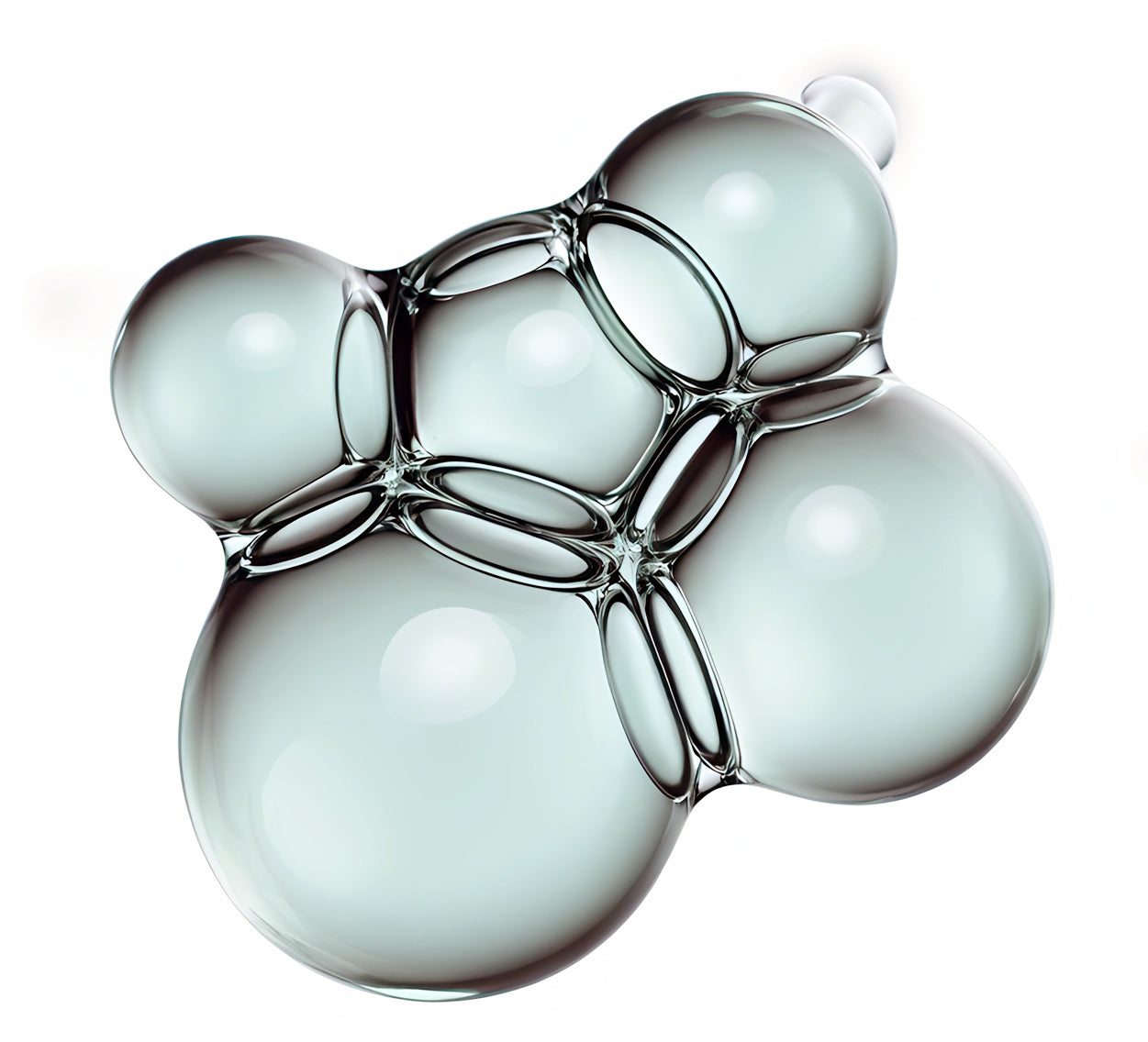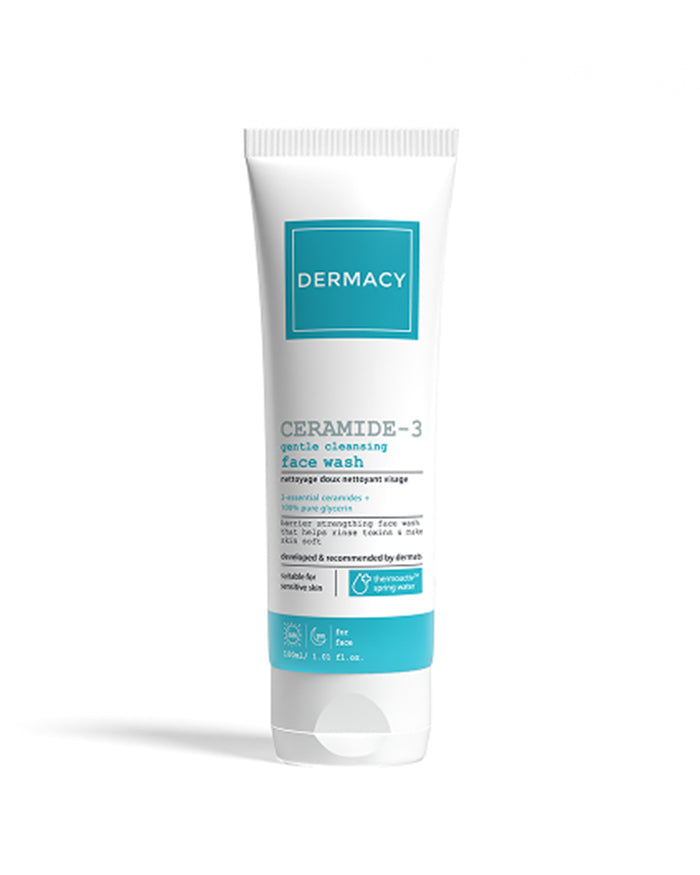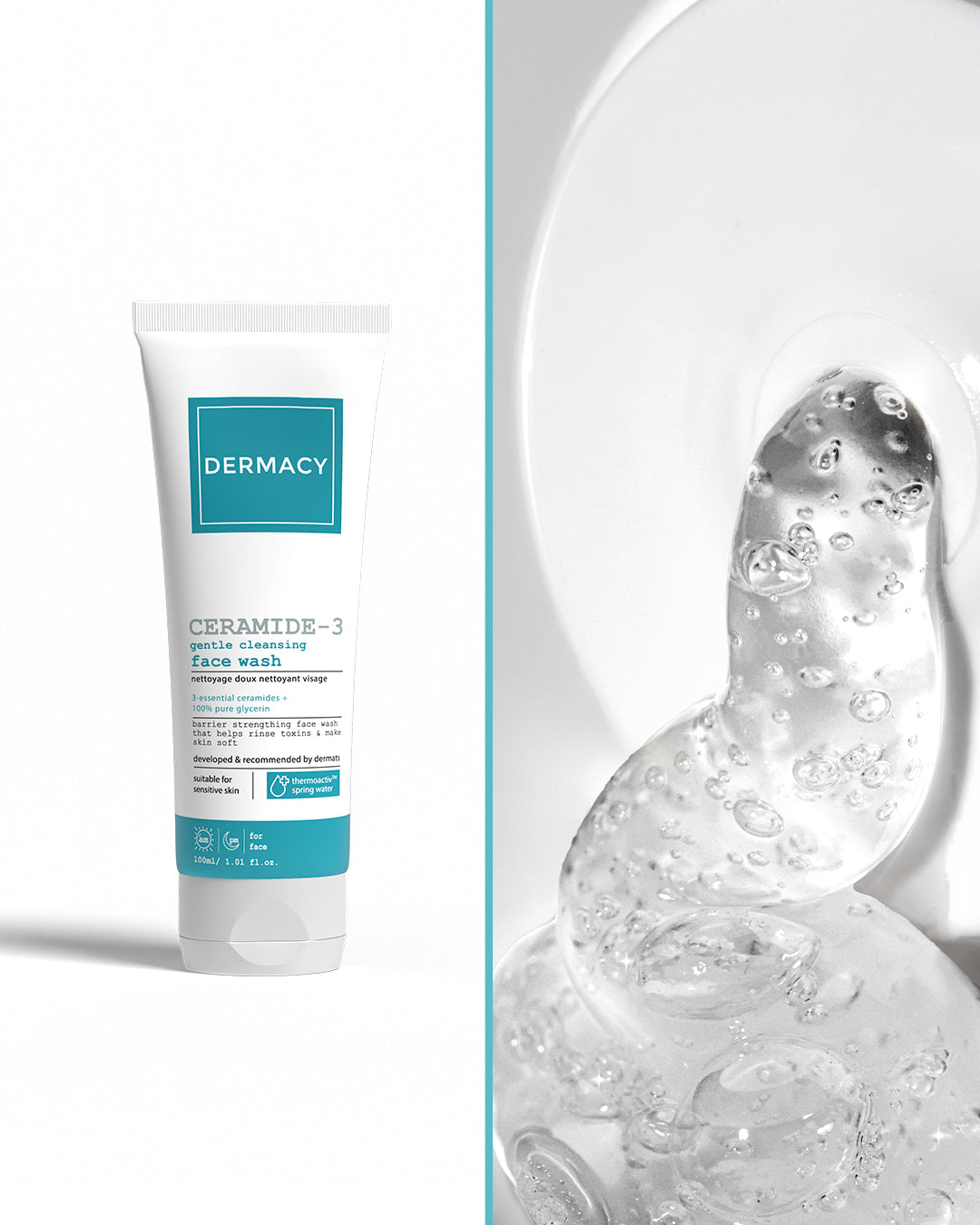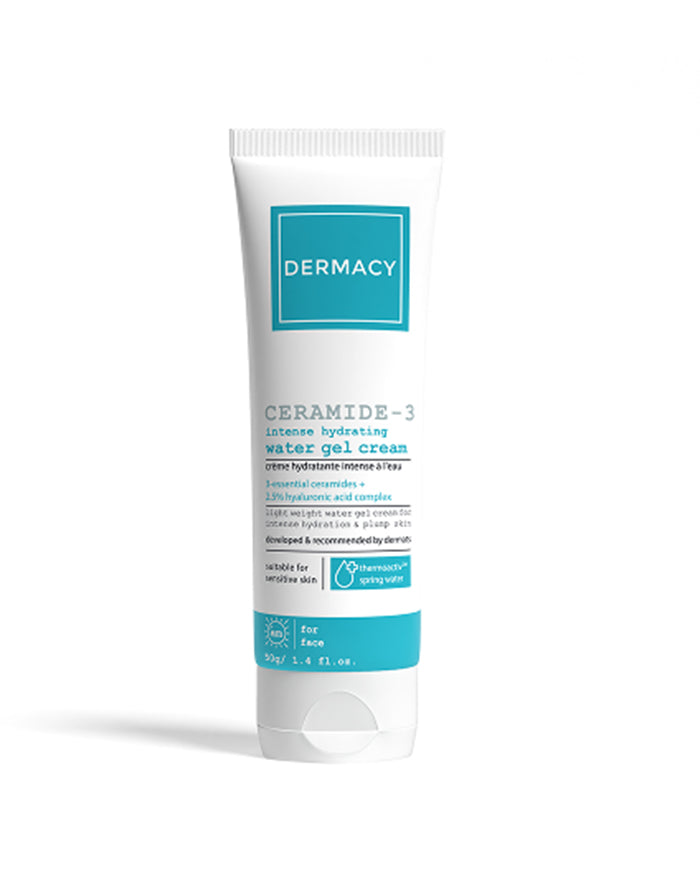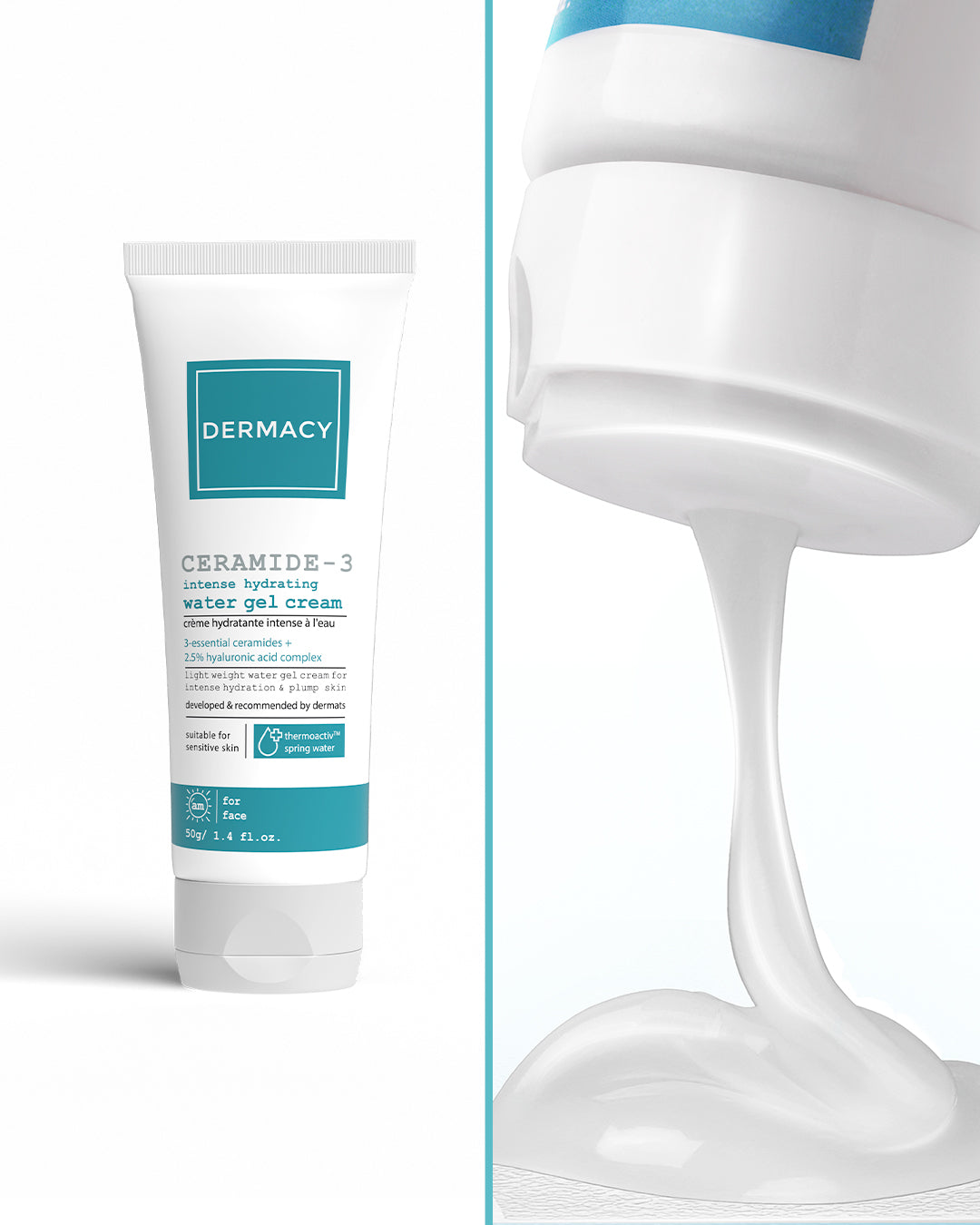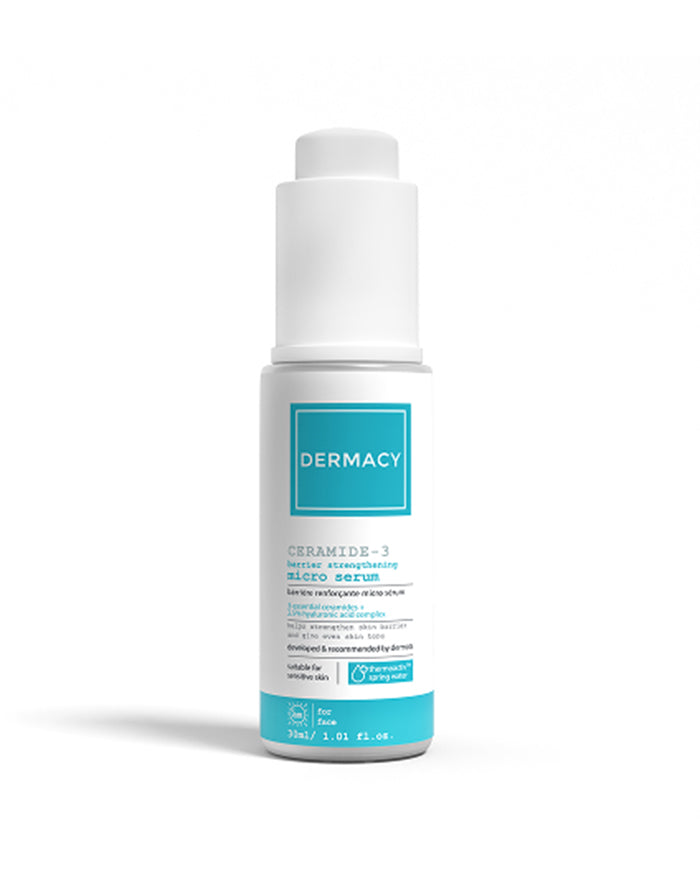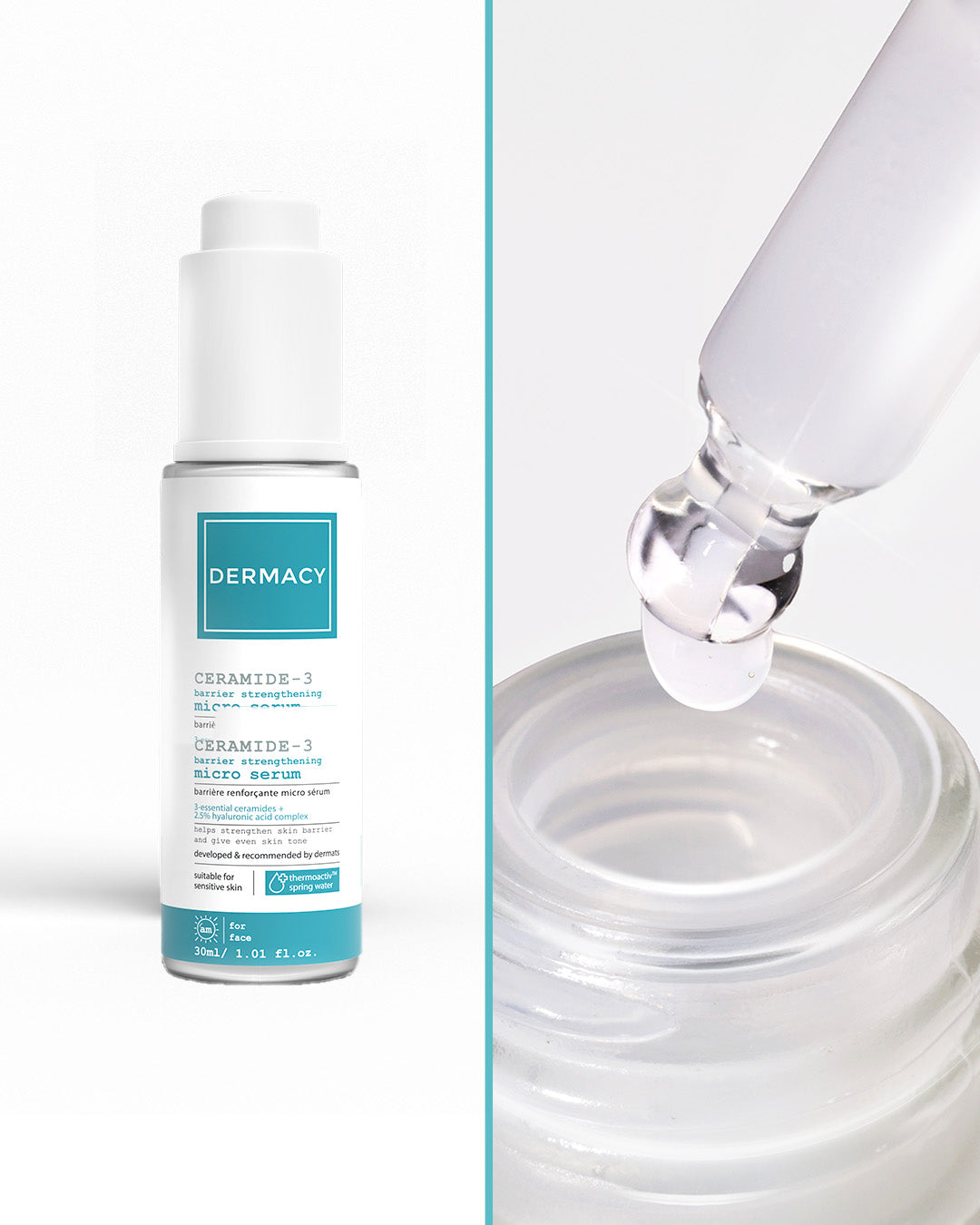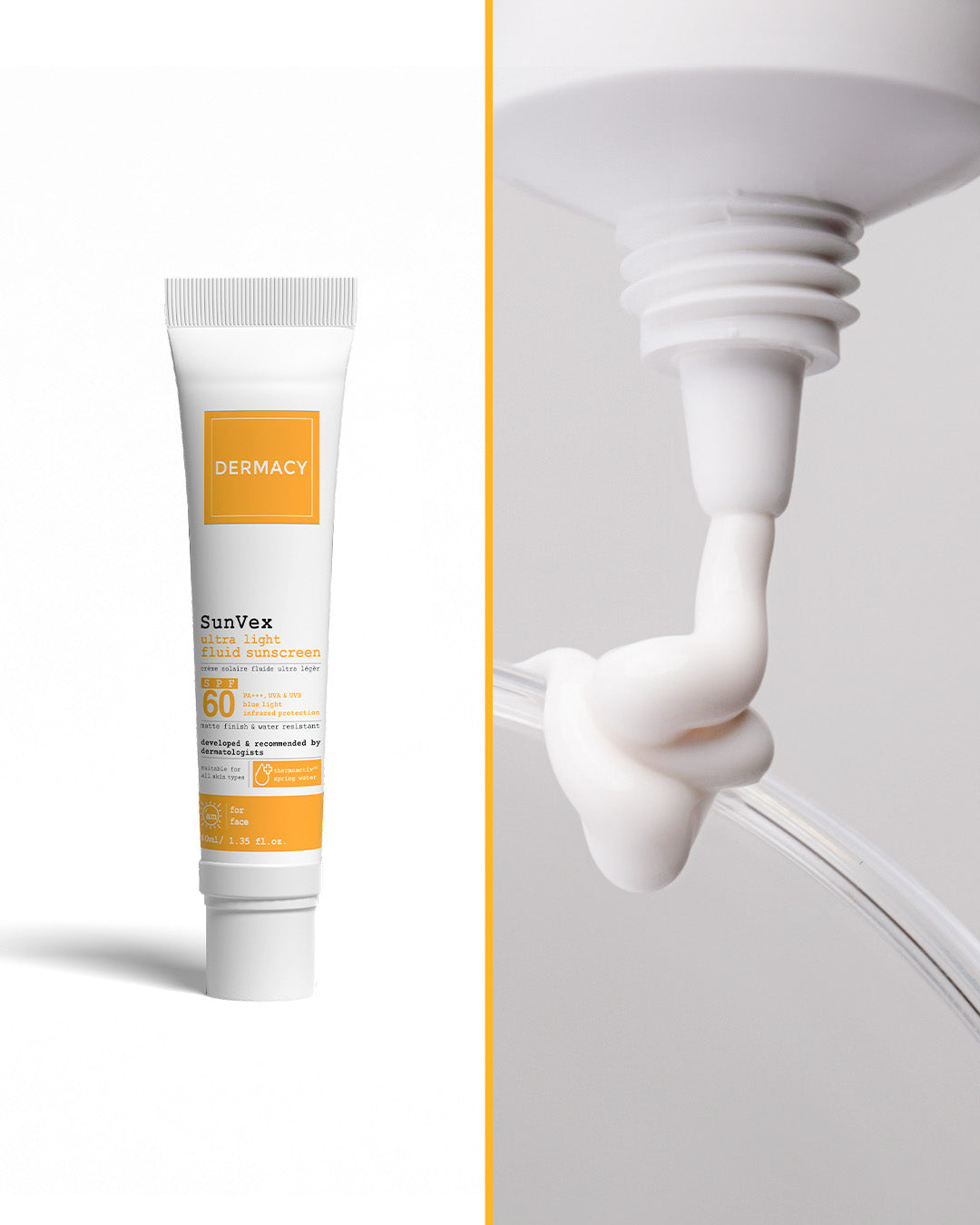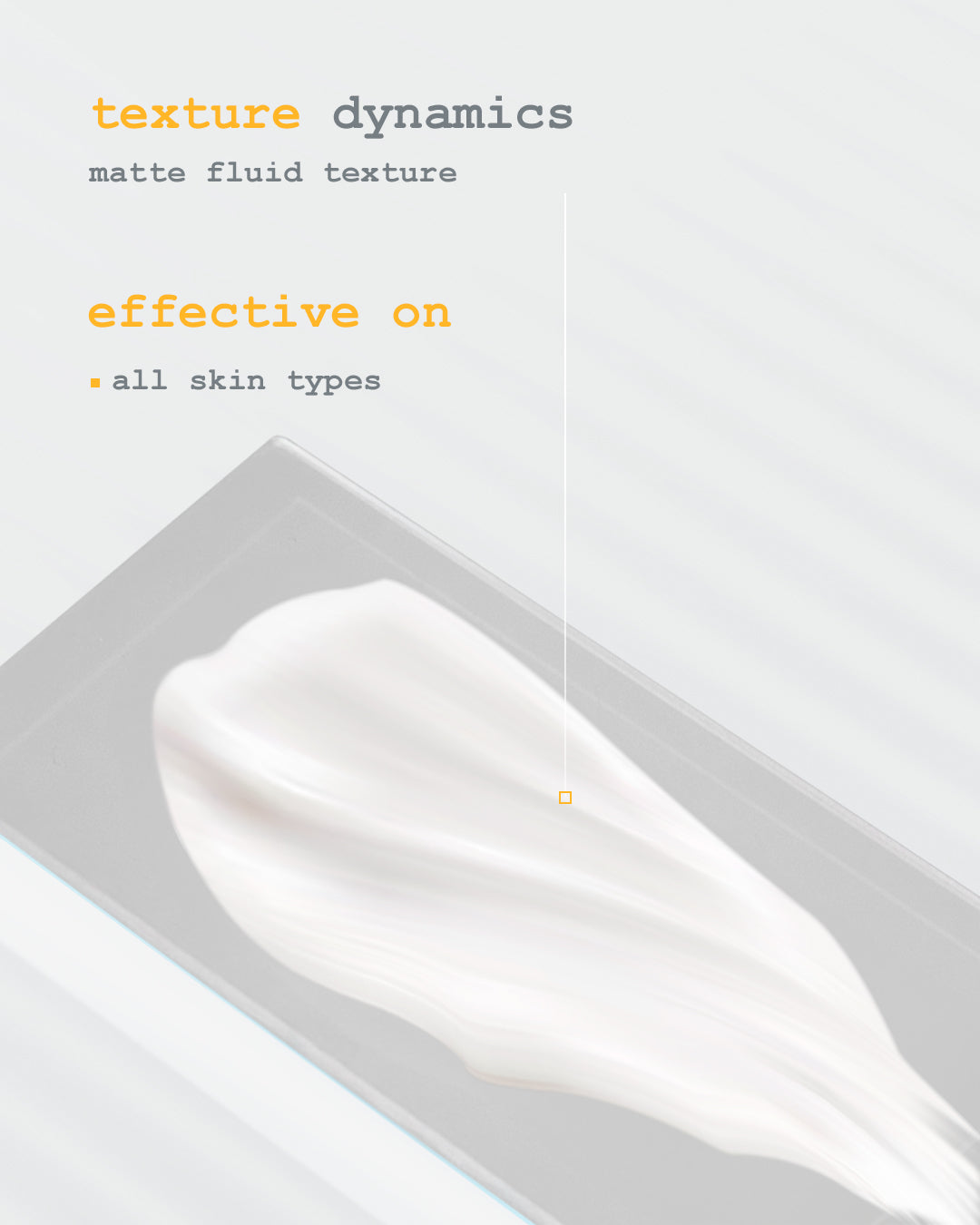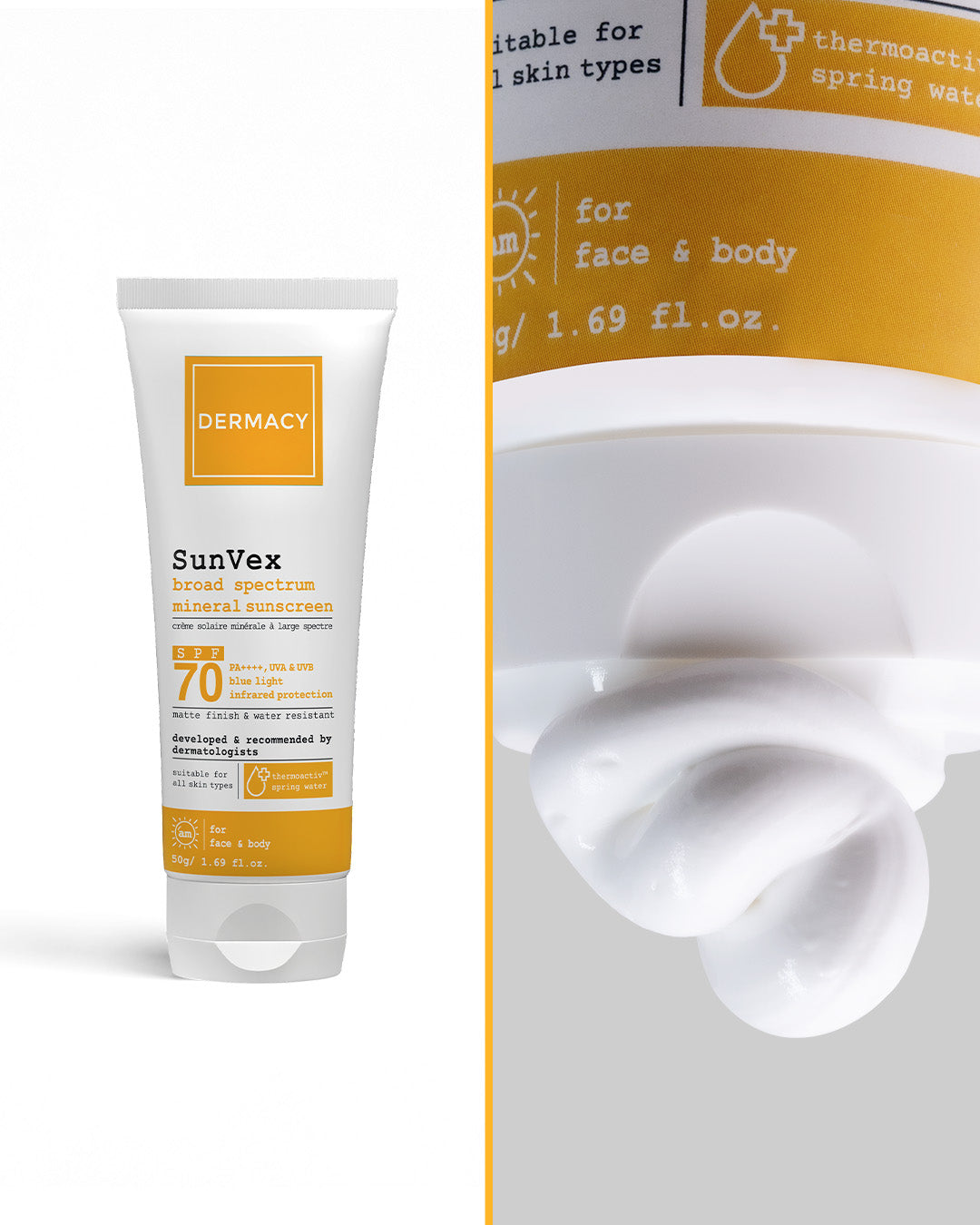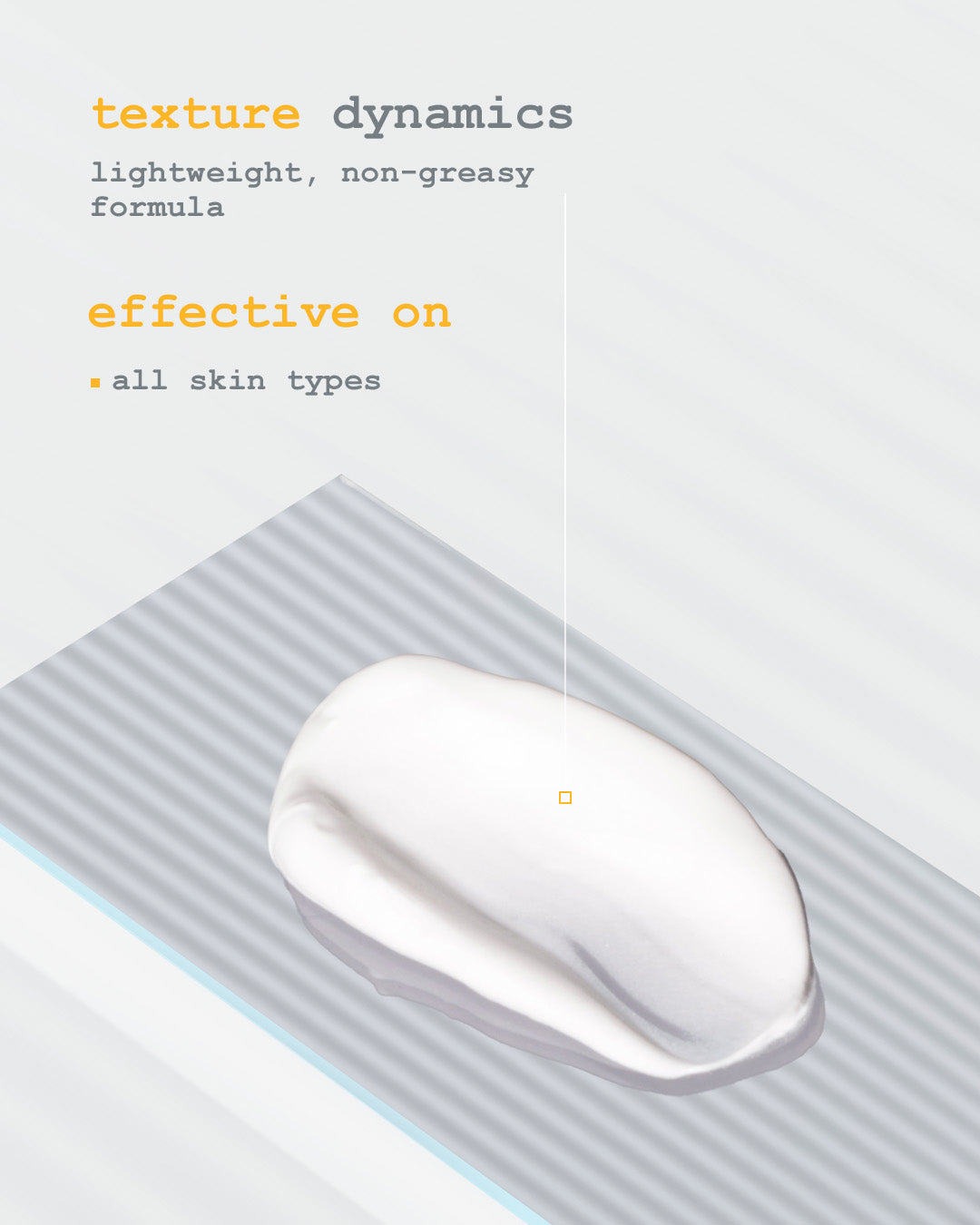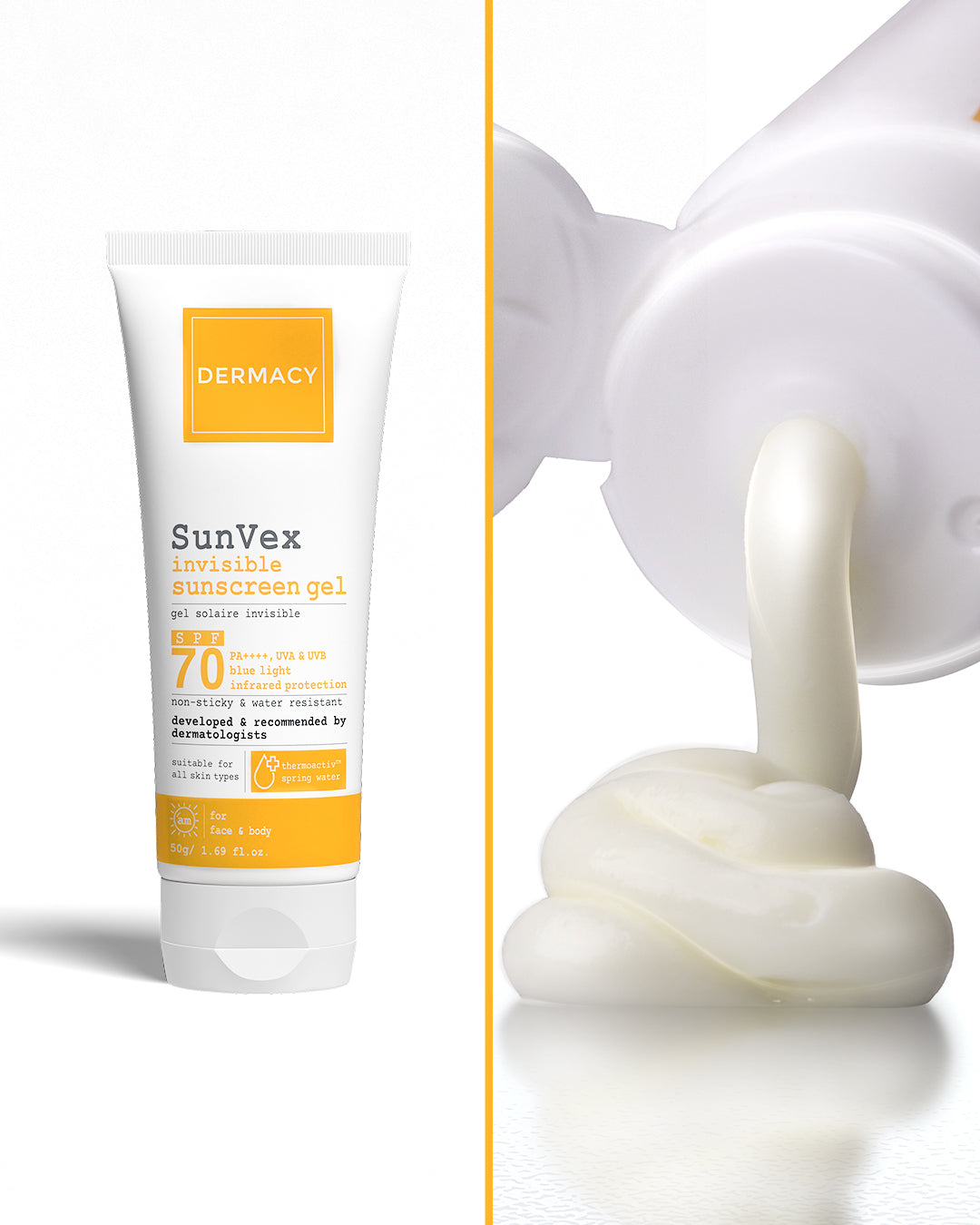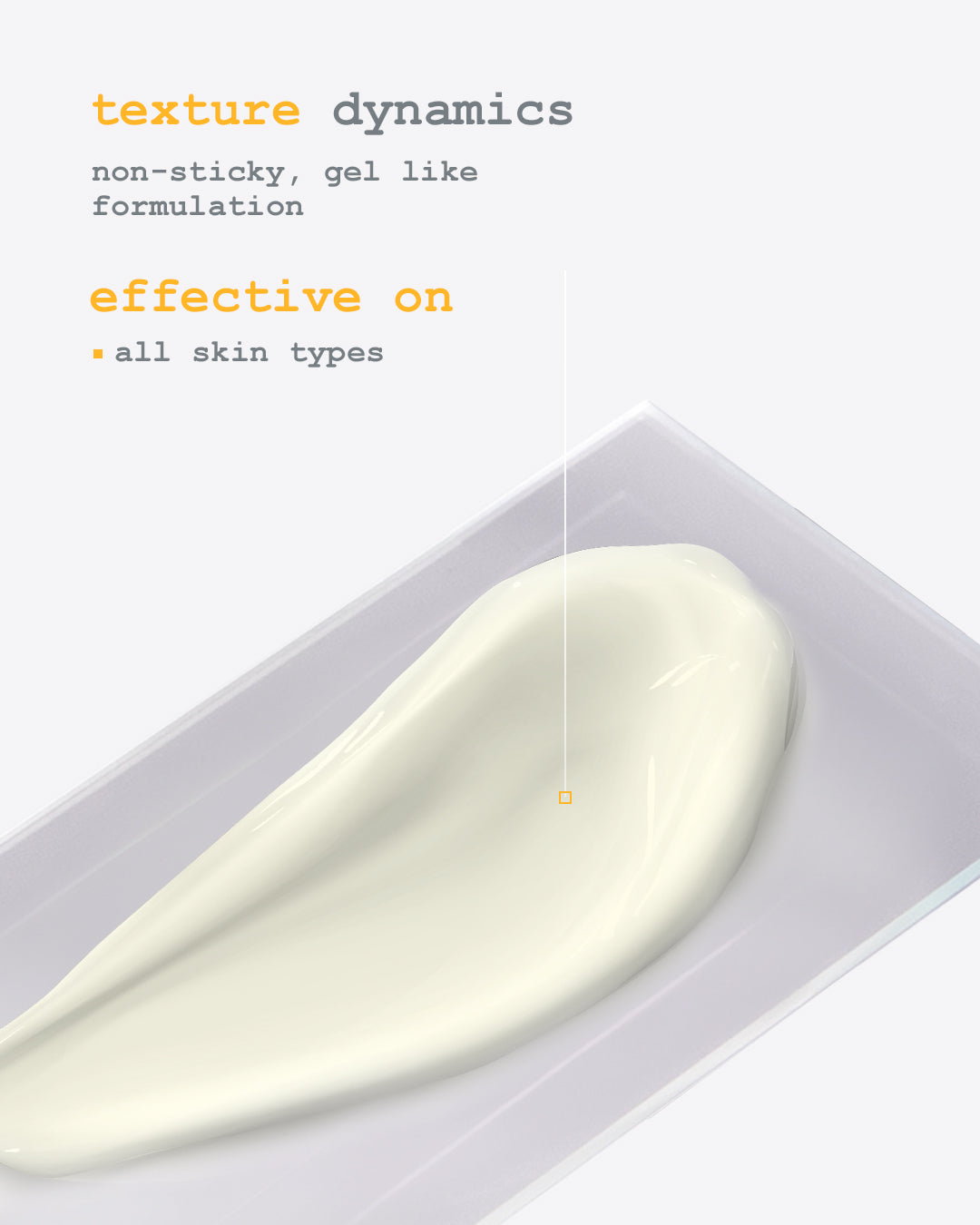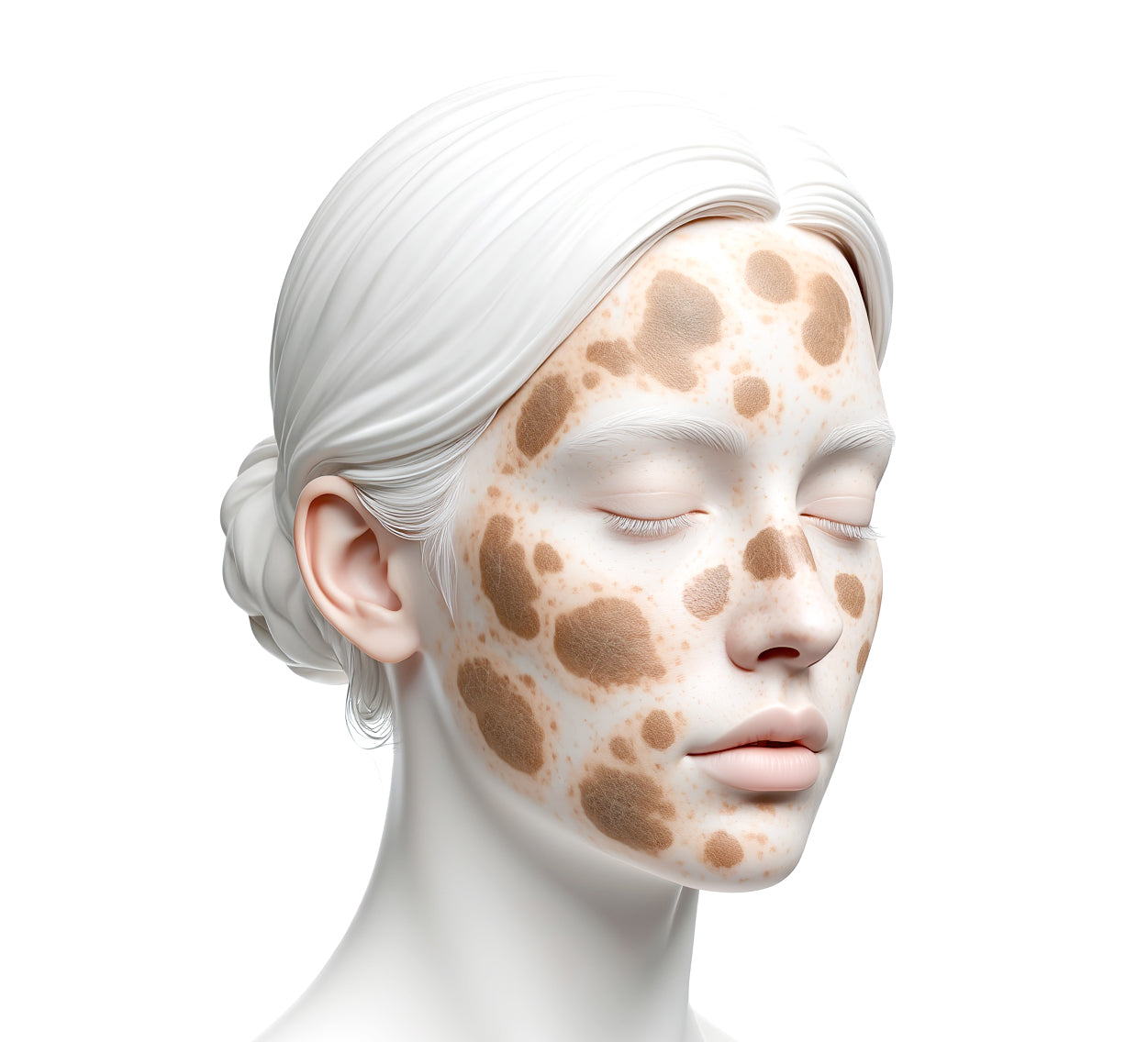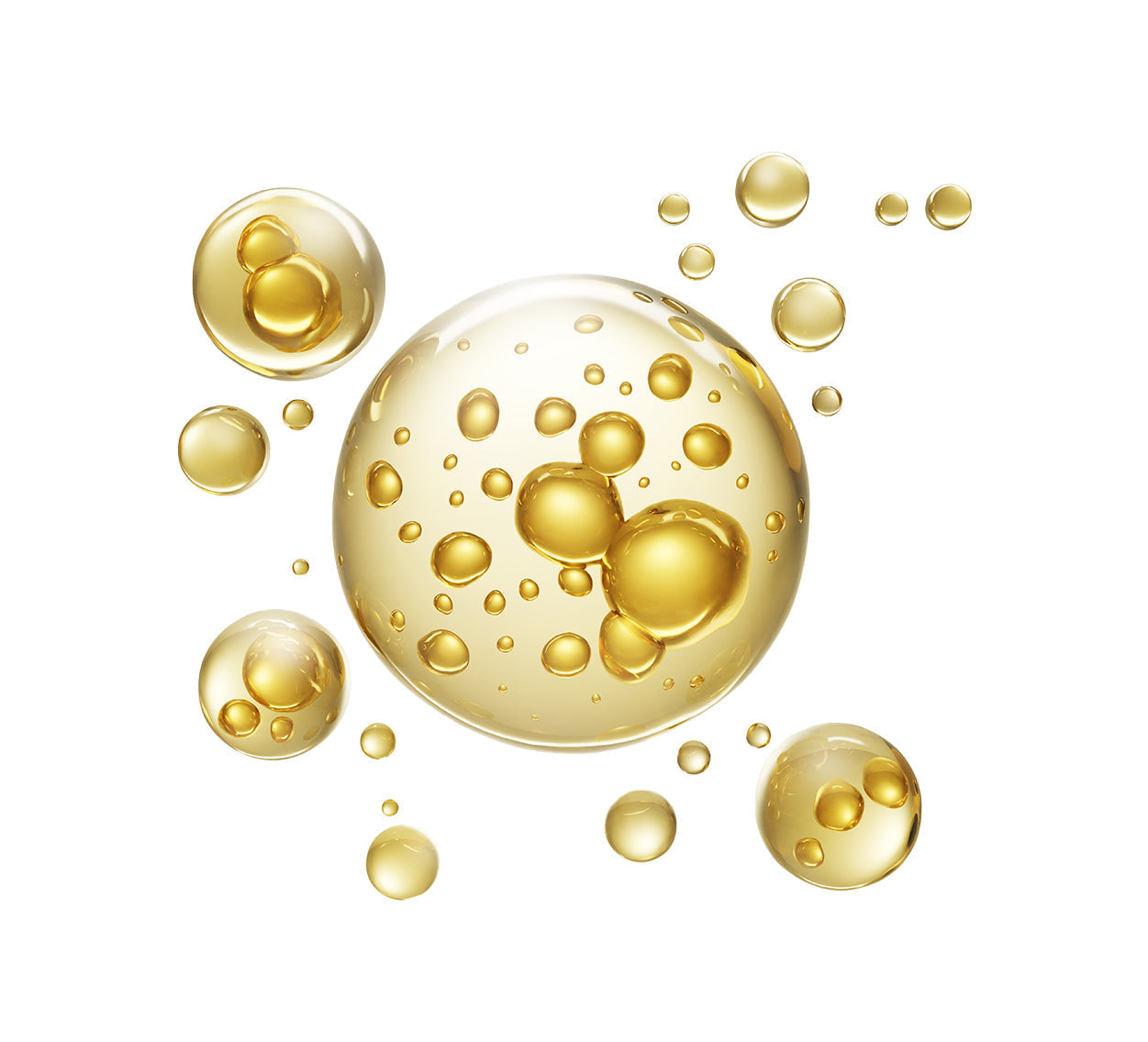The Science Behind Zinc Oxide in Sunscreens
Zinc Oxide in Sunscreens: A Clinical Standard In UV Defense
Zinc Oxide is widely used in dermatologist-recommended sunscreens due to its consistent safety and efficacy.
- Physical UV Barrier – Reflects UV rays rather than absorbing them, making it ideal for sensitive skin, including infants
- Anti-Inflammatory Properties – Helps calm post-sun redness and minimizes flare-ups
- Shine Control – Reduces surface oil, making it well-suited for oily skin and everyday men’s skincare routines
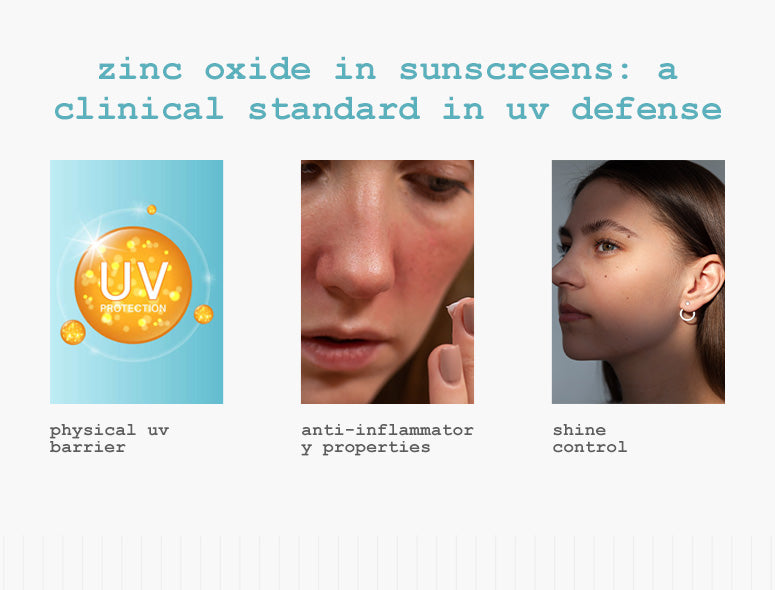
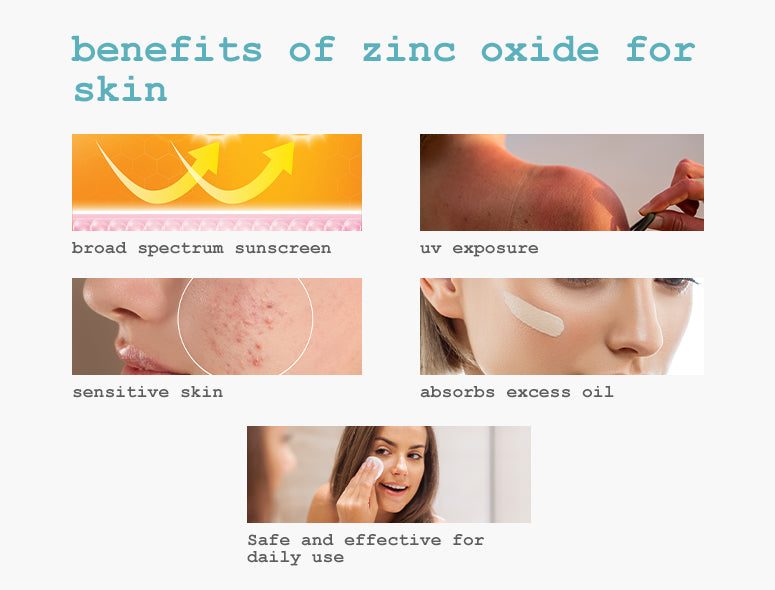
Why Zinc Oxide Matters
Zinc Oxide delivers high-level defense against both UVA and UVB rays, making it a key ingredient for managing UV exposure. It is photostable, meaning it retains its protective properties even after extended time in the sun. For those with oily skin or acne, its non-comedogenic and anti-inflammatory nature offers protection without irritation or pore-clogging.
Benefits of Zinc Oxide for Skin
- Broad spectrum sunscreen protection against UVA + UVB
- Calms inflammation from UV exposure
- Non-comedogenic and ideal for acne-prone or sensitive skin
- Absorbs excess oil, creating a matte finish
- Safe and effective for daily use in all skin types
How to Use Zinc Oxide for Best Results
- Daily Sunscreen – Use a broad spectrum sunscreen containing Zinc Oxide for consistent protection and reduced shine
- Barrier Care – Incorporate into barrier creams or lightweight moisturizers to protect against environmental stress
- Acne-Friendly – Look for Zinc Oxide in mattifying SPF formulations that won’t clog pores
Final Takeaway
Zinc Oxide offers more than UV protection. It reduces inflammation, balances oil, and helps support the skin barrier—making it essential in routines designed for acne, oily skin, or UV exposure recovery.
For anyone seeking a reliable, non-irritating broad spectrum sunscreen, Zinc Oxide remains the gold standard in mineral sun defense—clinically backed and barrier-safe.





